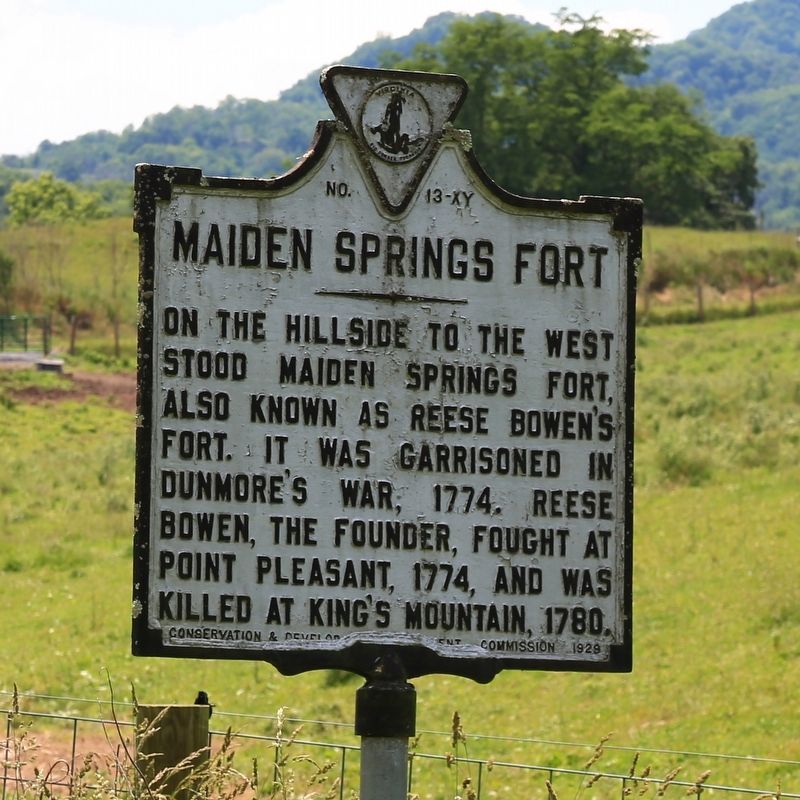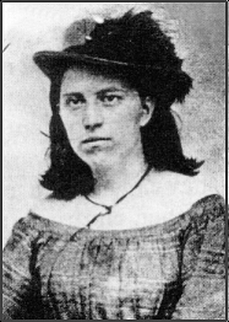The Jamestown Massacre

The year 1622 saw what many consider to be “the most brilliantly conceived, planned, and executed uprising against white aggression in the history of the American Indians.” It was orchestrated by Opecancanough, chief of the Powhatans, who, while openly professing love and affection for the settlers of Jamestown, was, for almost a decade, secretly plotting for the indiscriminate massacre of every man, woman and child in the colony.
On March 21, 1622, the Indians came to the plantation homes bringing food gifts to share. But on March 22, 1622, while socializing with the settlers, an Indian war whoop signaled the commencement of the hostilities. As one, the Indians fell upon the colonists, quickly moving from the plantation homes into the fields and towards the main settlement, attacking the unsuspecting colonists without mercy nor regard to age or sex. Those who perished, died within an hour of the first blow. And yet, despite the well conceived surprise attack, 893 souls of the 1240 settlers survived – all because of the actions of two men.
The night before the planned assault, two Indian brothers who had embraced Christianity and were in the employ of two different colonist families, were discussing the impending raid. They had instructions to strike down their patrons at noon the next day as the main attack was beginning. One of the brothers, Chanco, lived in the plantation home of Richard Pace who had always treated him as a son, educating him alongside his own son George. When his Indian brother left for his own house, Chanco woke Pace and warned him what was about to happen.
Pace acted quickly. He secured his family and as many neighbors there was time to reach and then rowed the three miles across the James River to warn the inhabitants of Jamestown. Defensive measures were taken and as the Indians approached the main settlement, they were quickly repelled.
Richard Pace was the 10th great grandfather of my daughter-in-law. His actions saved the lives of the 893 surviving colonists. Among them was one of my ancestors, William Cantrell.
Michael Ondrasik and Home Video Studio specialize in the preservation of family memories through the digitalization of film, videotapes, audio recordings, photos, negatives and slides. For more information, call 352-735-8550 or visit our website. And please take a look at our TEDxEustis talk and let us know what you think.








